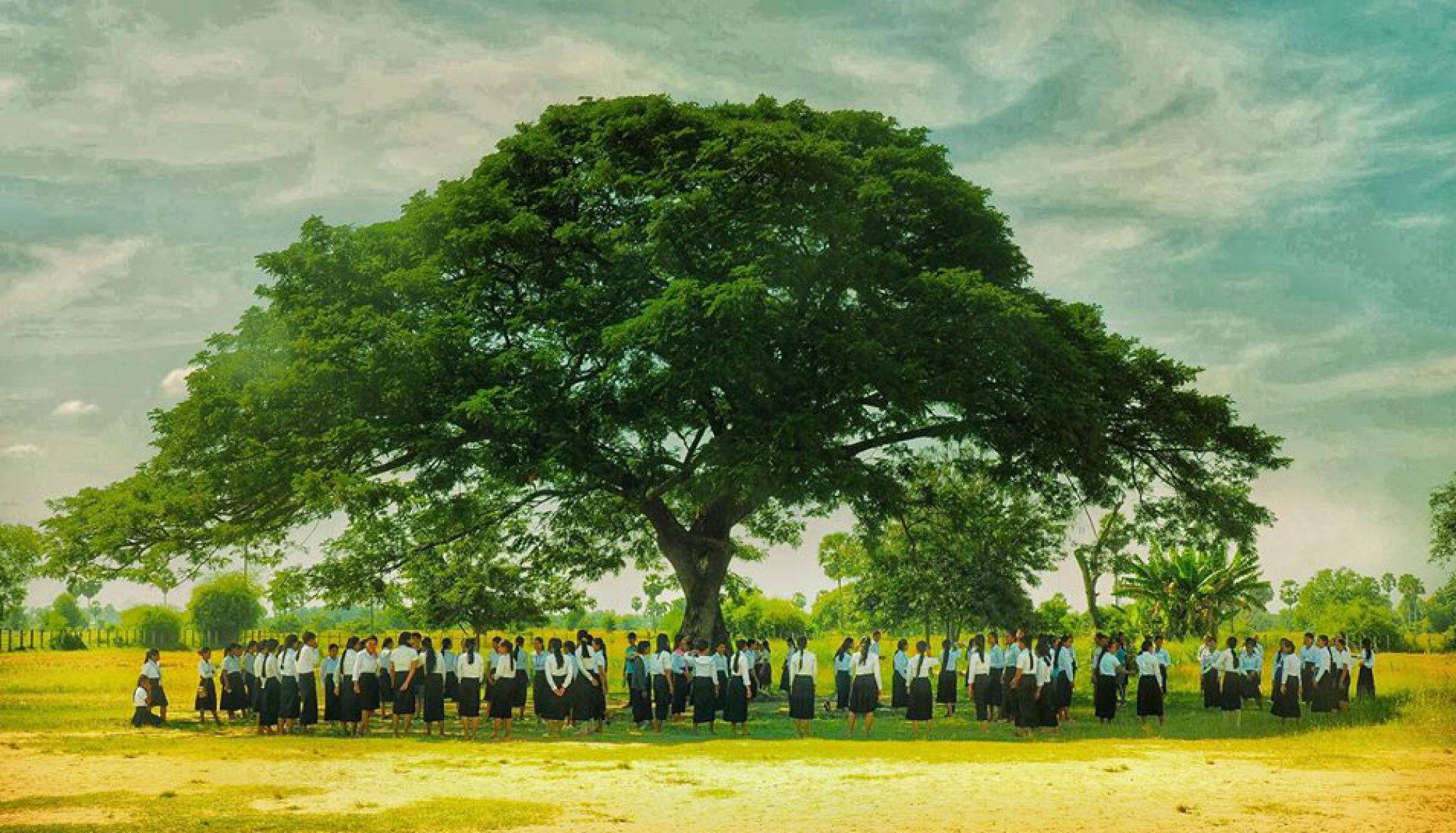Name of Course: Scratch
Learning Facilitator: Max
Number of Students: 13
Advanced Enrichment Dates: August 12-Oct 17
Days we Meet: Thursday and Friday
Course Description: In our Advanced Enrichment class we learned how to program in Scratch. Scratch is a program for making continuous animation, games, simulation, music and art. This program uses custom programming language. We learned each category of custom programming language: Motion, Control, Looks, Sensing, Sounds and Pen. Motion is moving custom program. Control is controlling custom program, for example when we click right arrow the avatar go to right. Looks is size, avatar, and communicating custom program. Sensing is sensor custom program, for example when we touch color black the avatar turn to black. Sounds is sounds custom program, for example when we press space avatar say hello. Pen is coloring custom program. We learned what the categories mean and we translated in Khmer to make more understand and remember. We played with the program to change the color to make it big. We thought what story we were going to make. Then we made the stories in Scratch. Also some of us made the games. When we had some of questions we asked teacher or our friends to help. We played with makey makey that connects to Scratch. One example of a game we made is when we touch the Earth material that connects to makey makey and the makey makey connects to computer. The computer plays the sounds.


